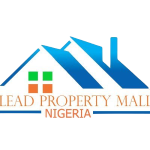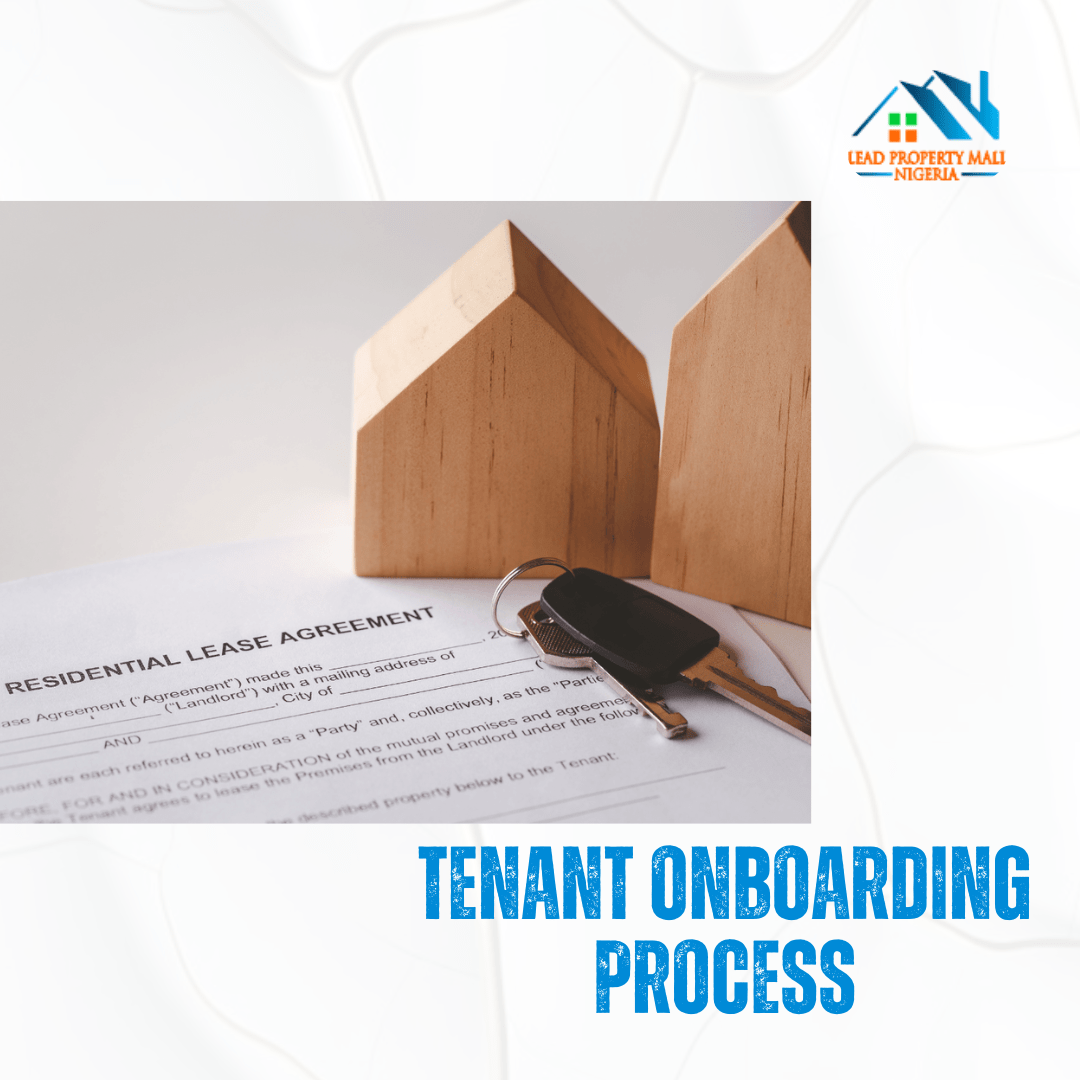Getting tenants settled into their new homes starts long before they actually move in. A solid Tenant onboarding process is crucial for building a good relationship between landlords and tenants. It’s not just about passing over the keys; it’s about laying the groundwork for a positive experience, setting clear expectations, and ensuring everyone knows what’s what from the start. When this process is handled well, it keeps misunderstandings to a minimum, helps keep tenants happy, and can make the whole rental experience more profitable for landlords.
Preparing for Move-In
The onboarding adventure kicks off even before the official move-in day. Keeping communication open is super important.
Welcome Pack: Consider sending out a welcome pack, either by email or as a physical booklet, with the crucial info renters need about the property, the neighborhood, and their new living arrangements. This should cover:
- A summary of the lease agreement, including key terms like when rent is due, what happens when it’s time to renew, and any other important details.
- Contact details for the property manager, maintenance folks, and who to reach in emergencies.
- Community rules, like noise levels, where to park, and any pet rules.
- Information on utilities, like who the local providers are and how to set up accounts.
Move-In Checklist: Provide a checklist for tenants to fill out when they arrive. This helps note any existing damage to the property and can prevent disputes later on.
Insurance Info: Make sure to clarify any renter’s insurance needs, outlining what coverage is necessary and how it should be set up.
Pre-Move-In Walkthrough: If you can, do a walkthrough of the property with the tenant before they move in. This is a great way to note the property condition together and tackle any issues before they get settled.
Making Move-In Day Easy
Move-in day should be organized to keep stress levels low for your new tenant.
Key Handover: Set up a simple way for the tenant to receive their keys, whether that’s a face-to-face exchange or using a secure lockbox. Make sure they get all keys needed, from front doors to mailboxes and anything else they need to access.
Final Walkthrough: Do one last tour of the home with them, showing off the important features, like:
- How to use appliances—like washing machines and stoves—and any tips for keeping them in good shape.
- How the heating and cooling systems work, including how to set the thermostat and maintain it.
- Security systems in place and what to do in case of emergencies, including fire escape routes and emergency contact info.
- How to report maintenance issues down the line.
Paperwork Completion: Wrap up any last bit of paperwork together. This includes the move-in checklist and transferring utility documents. Keep copies of everything handy so both parties have what they need.
Ongoing Support and Resources
The onboarding process doesn’t end when they move in. Continuing support is essential for keeping tenants happy and building solid, long-term relationships.
Welcome Meeting: Schedule a friendly meeting shortly after they move in to go over any questions or concerns and offer more details about the property and community.
Online Portal: Make things easier by providing an online portal for tenants to handle a few things, like:
- Paying rent online to make it easier for them.
- Submitting maintenance requests to streamline how things get fixed.
- Accessing critical documents, like the lease and community rules, all in one place.
- Contacting the property management for anything they need.
Keeping in Touch: Stay in touch with tenants through newsletters or social media, keeping them updated on events and helpful tips.
Feedback: Implement ways for tenants to voice their opinions through surveys to find out what’s working well and where there’s room for improvement.
Tackling Onboarding Challenges
Even with a good plan, there can be bumps along the way.
Language Support: Offer translated documents for tenants who may not speak the primary language well.
Accessibility: Make sure your property is accessible for everyone, including those with disabilities, and provide any necessary accommodations.
Conflict Resolution: Set up a way to handle any disputes that might arise.
Maintenance: Don’t forget that addressing maintenance needs is crucial for keeping a good atmosphere during onboarding.
Putting together a good onboarding process for tenants is more than just a nice gesture; it’s an important way to ensure the long-term success of your rental property. By setting clear rules from the start, being helpful afterward, and tackling any potential issues upfront, you can build strong relationships with tenants, keep them there longer, and make the most out of your rental income.
Let Lead Property Mall Help You with Tenant Onboarding
Getting the tenant onboarding process just right can be a bit of work for landlords. That’s where Lead Property Mall comes in. We know how important it is to have a smooth onboarding experience. We provide property management services meant to make move-ins easy, keep tenants satisfied, and help protect your investment.
Here’s what we offer:
Custom Onboarding Plans: We create outlines that fit the needs of your specific property and tenants.
Thorough Tenant Screening: We help find tenants who are trustworthy and responsible.
Coordinated Move-Ins: We take care of everything related to move-ins, including key exchanges and property tours.
Ongoing Communication: We’re here for tenants, promptly dealing with any questions or issues they might have.
Tech Solutions: We use online tools to simplify interactions and manage communications effectively.
Don’t let your tenant onboarding process be a hassle. Check out Lead Property Mall or get in touch with us today. Let us help you get the most out of your rental property and ensure you’re set up for long-term success. You focus on what you do best while we handle the details.




